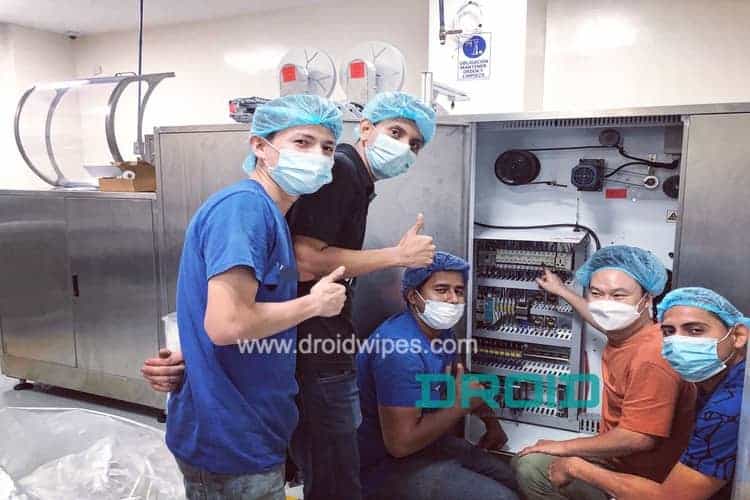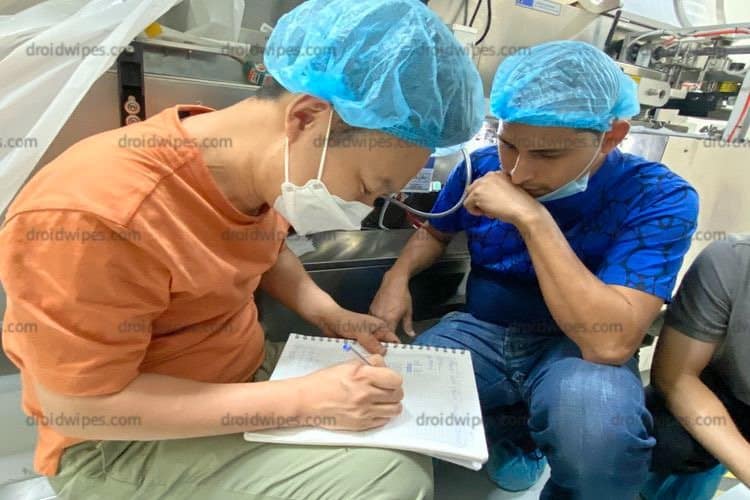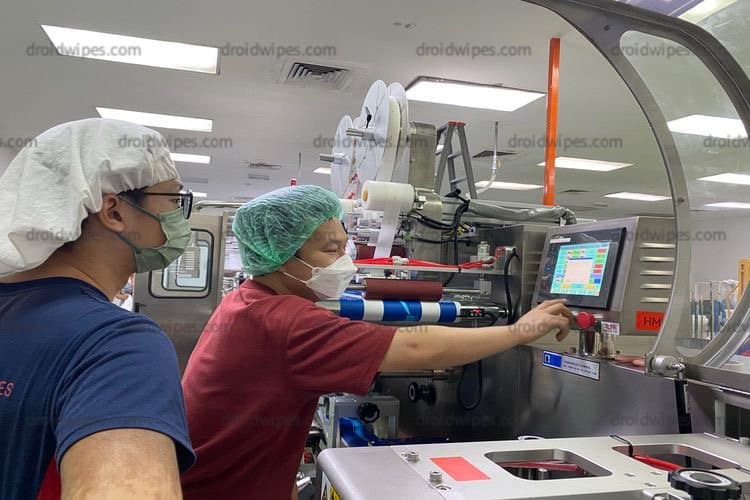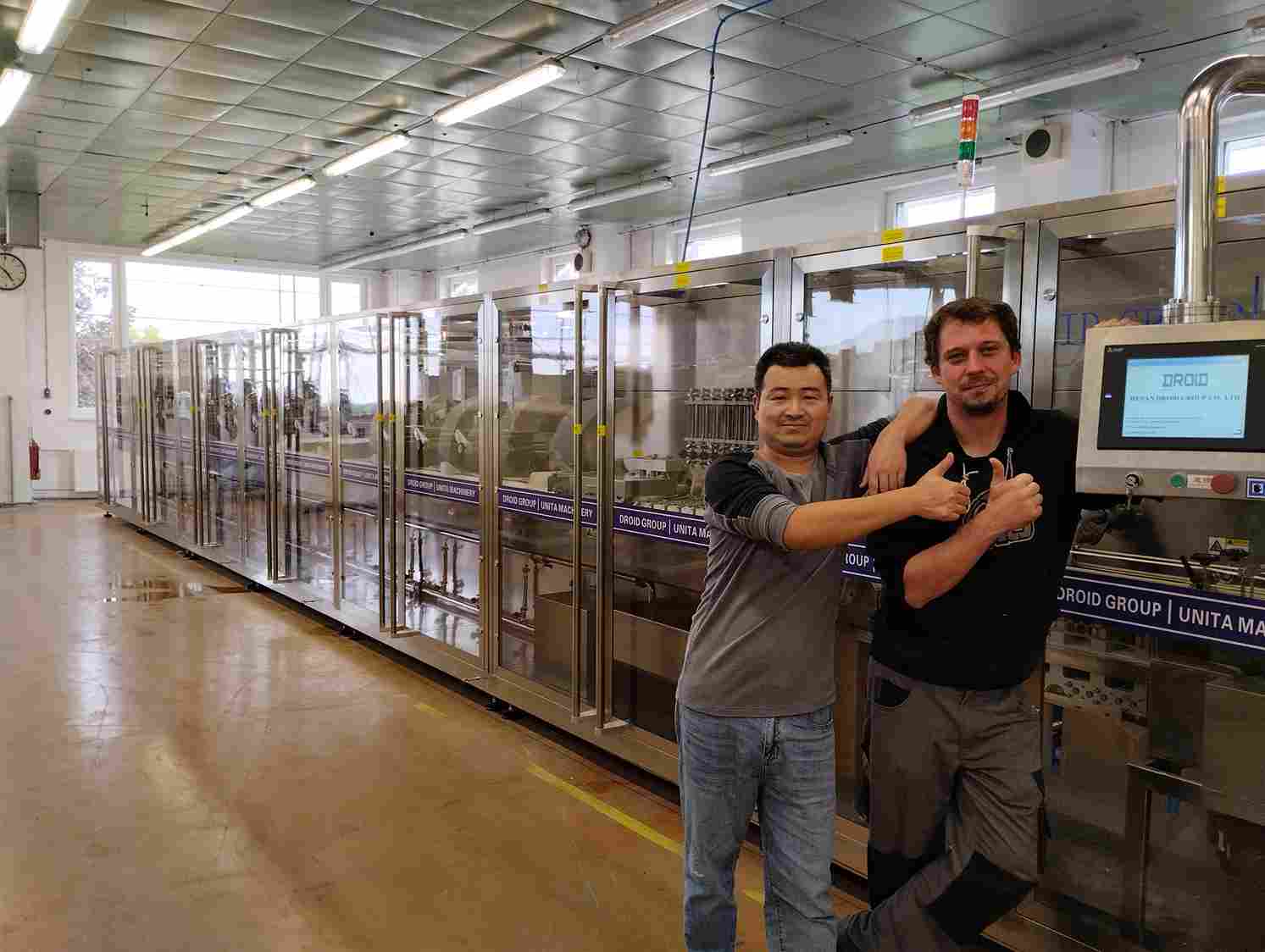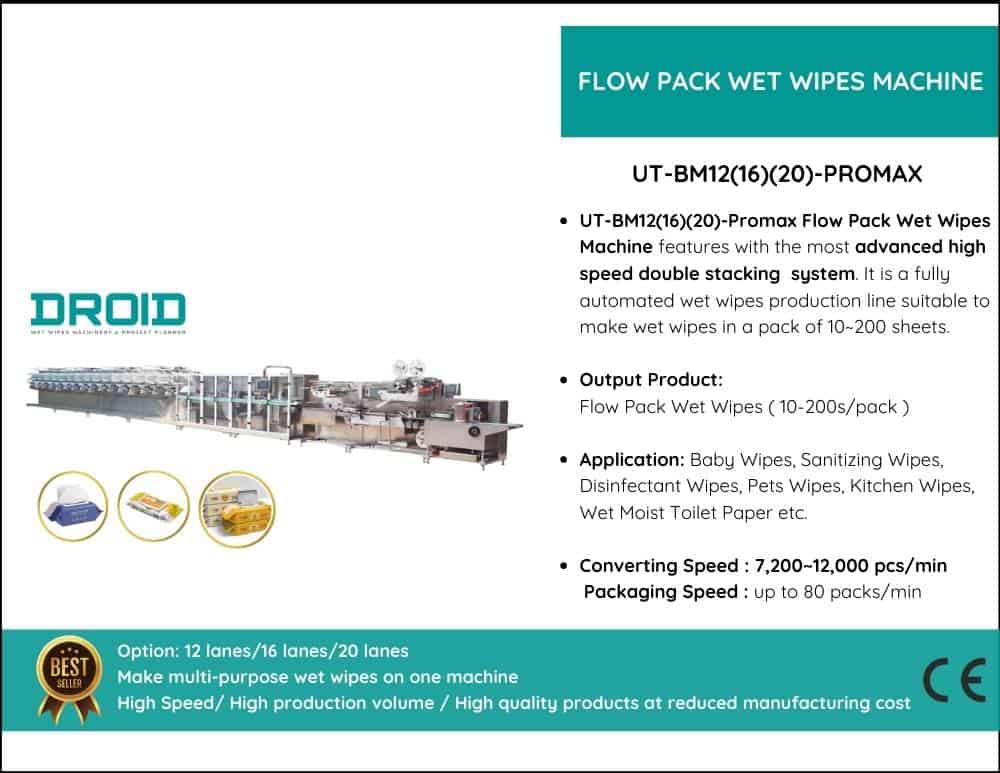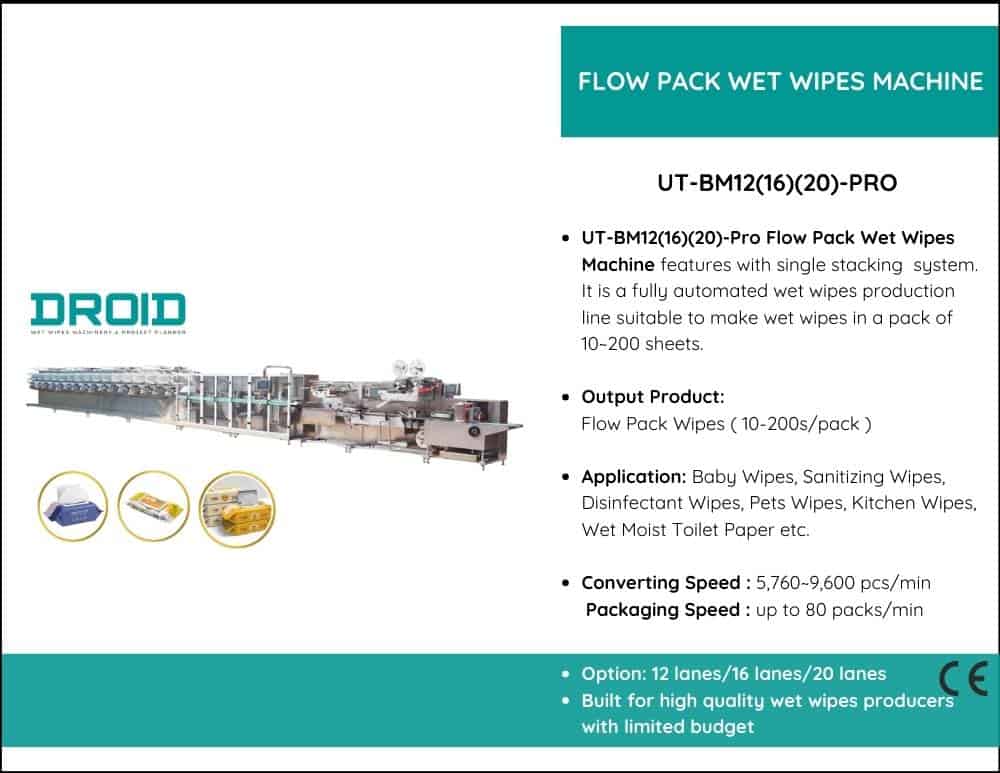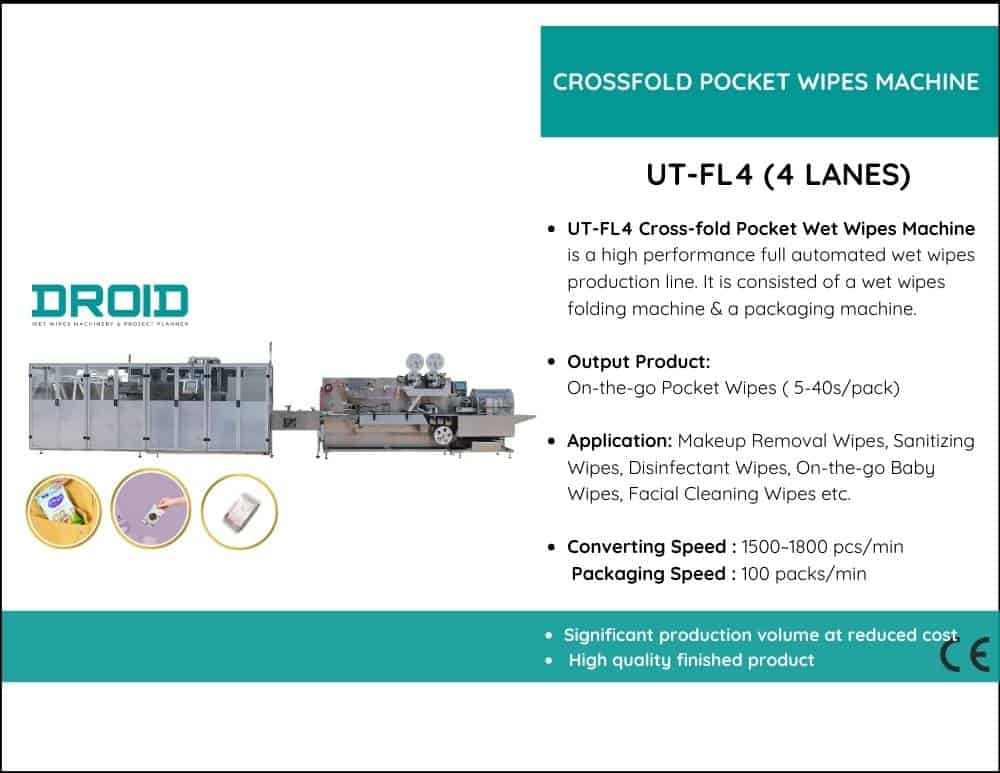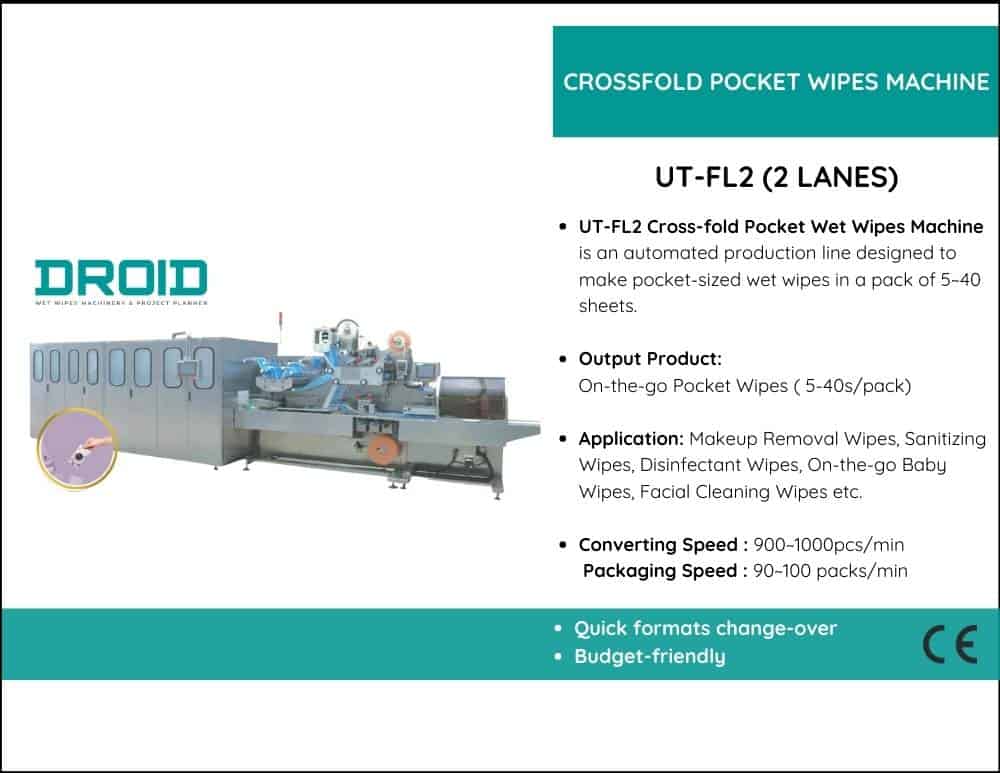Uptime is essential in the production of wet wipes. Even a single stoppage in the production line can lead to missed orders, penalties from retailers, and a loss of trust from distributors. However, many wet wipes manufacturers overlook the significant impact that their spare parts strategy has on both cost-effectiveness and reliability.
Conversion, packaging, lid application, case packing, and palletizing all operate in tandem in wet wipes machines, which are highly integrated systems. There are hundreds of mechanical, electrical, and pneumatic components in each unit. The whole line may stop if a blade, seal, or sensor fails, and locating replacements quickly often results in costly air freight, weeks of waiting, or both.
However, keeping more spares than you need ties up necessary cash and puts your inventory at risk of becoming outdated if formats change or equipment is improved. The difficulty is in striking a balance between innovative sourcing and selected preparedness.
Wet wipes manufacturers benefit from a well-organized spare parts policy:
- Have high-frequency wear components available at all times to minimize downtime.
- Reduce expenses by eliminating needless hoarding of expensive, seldom-used parts.
- Boost planning with digital lead time monitoring and supplier agreements.
The truth is straightforward: manufacturing wet wipes requires continuous machinery rather than merely quick machines. Additionally, having the appropriate replacement component on hand at the proper time and location is essential for continuity.


